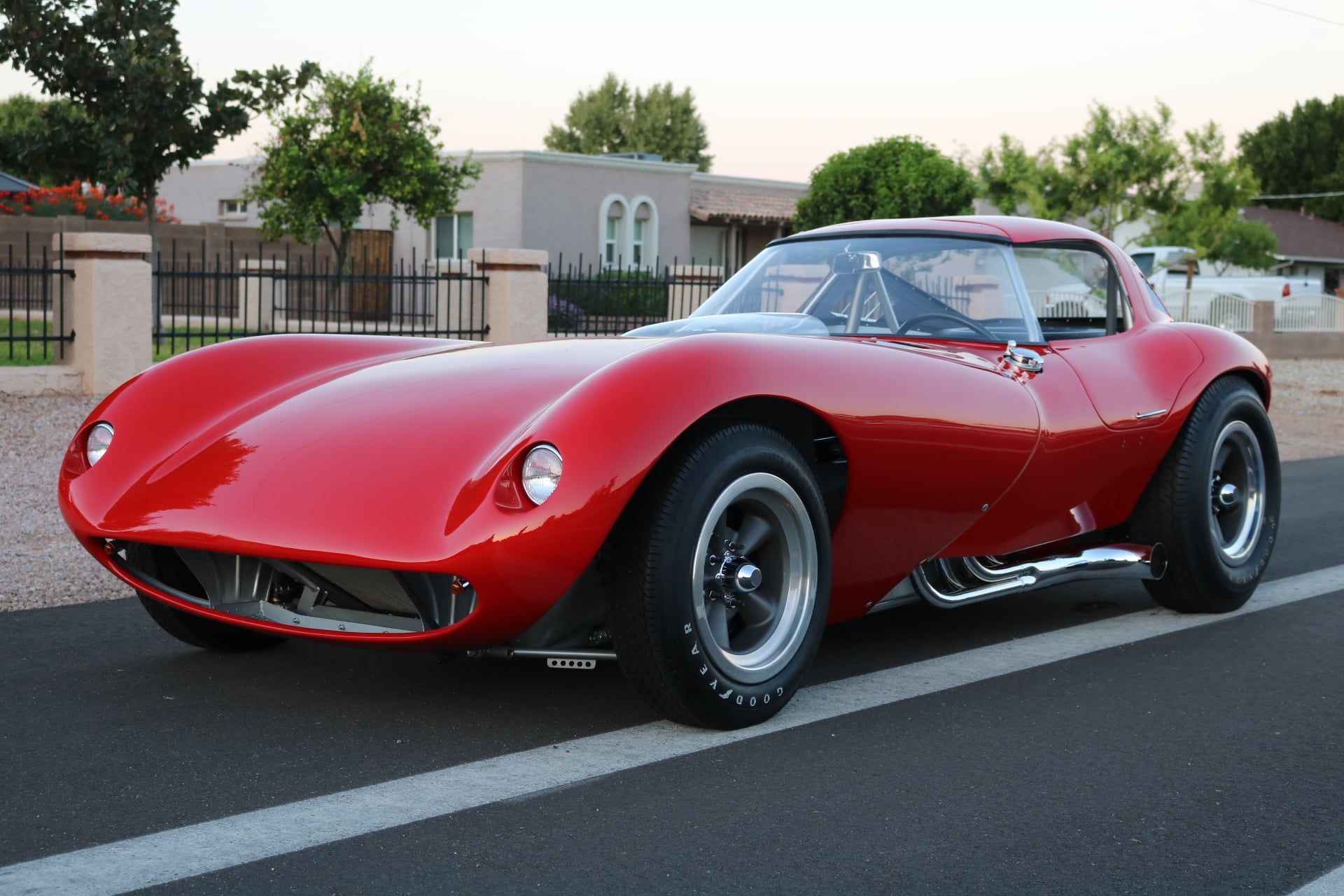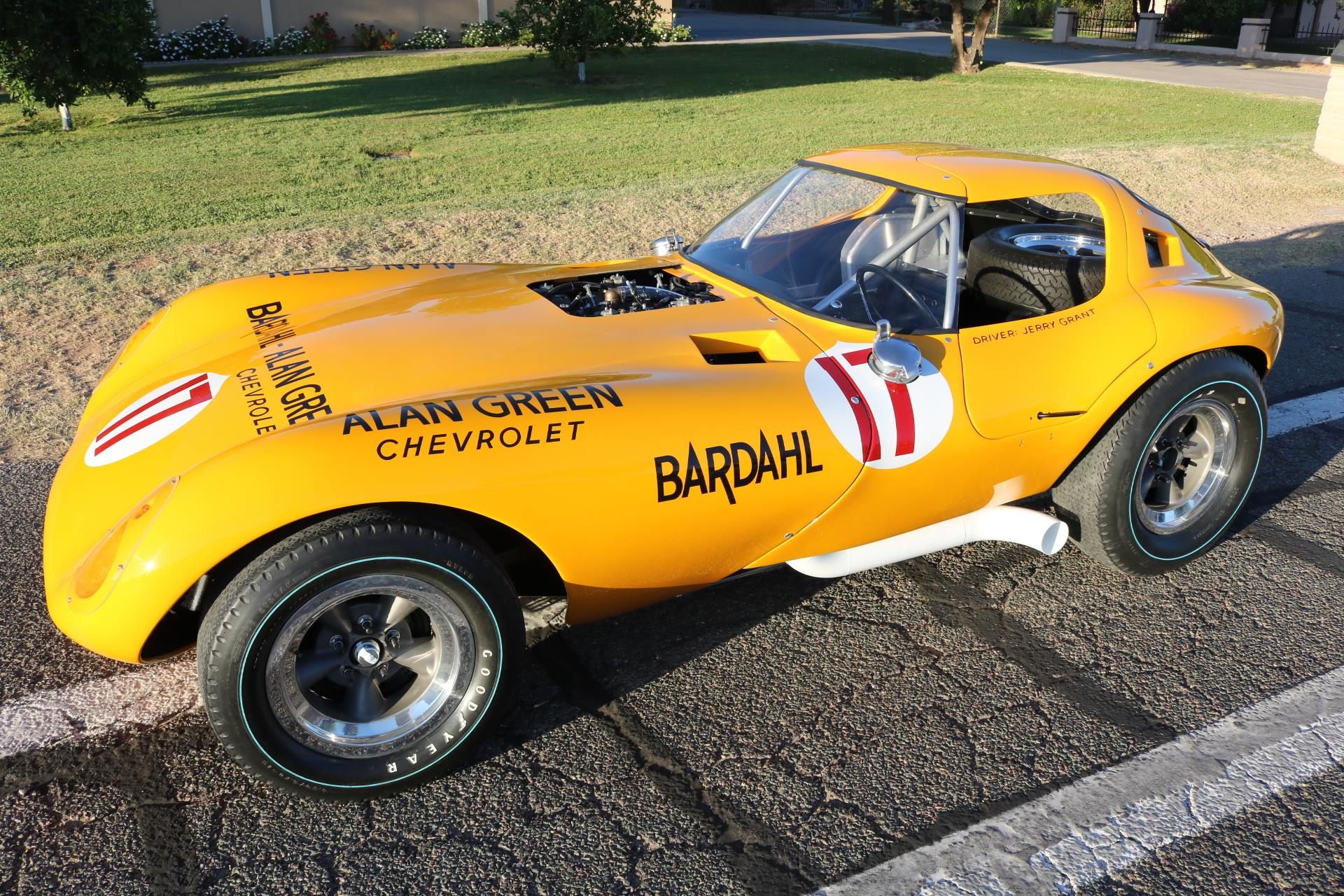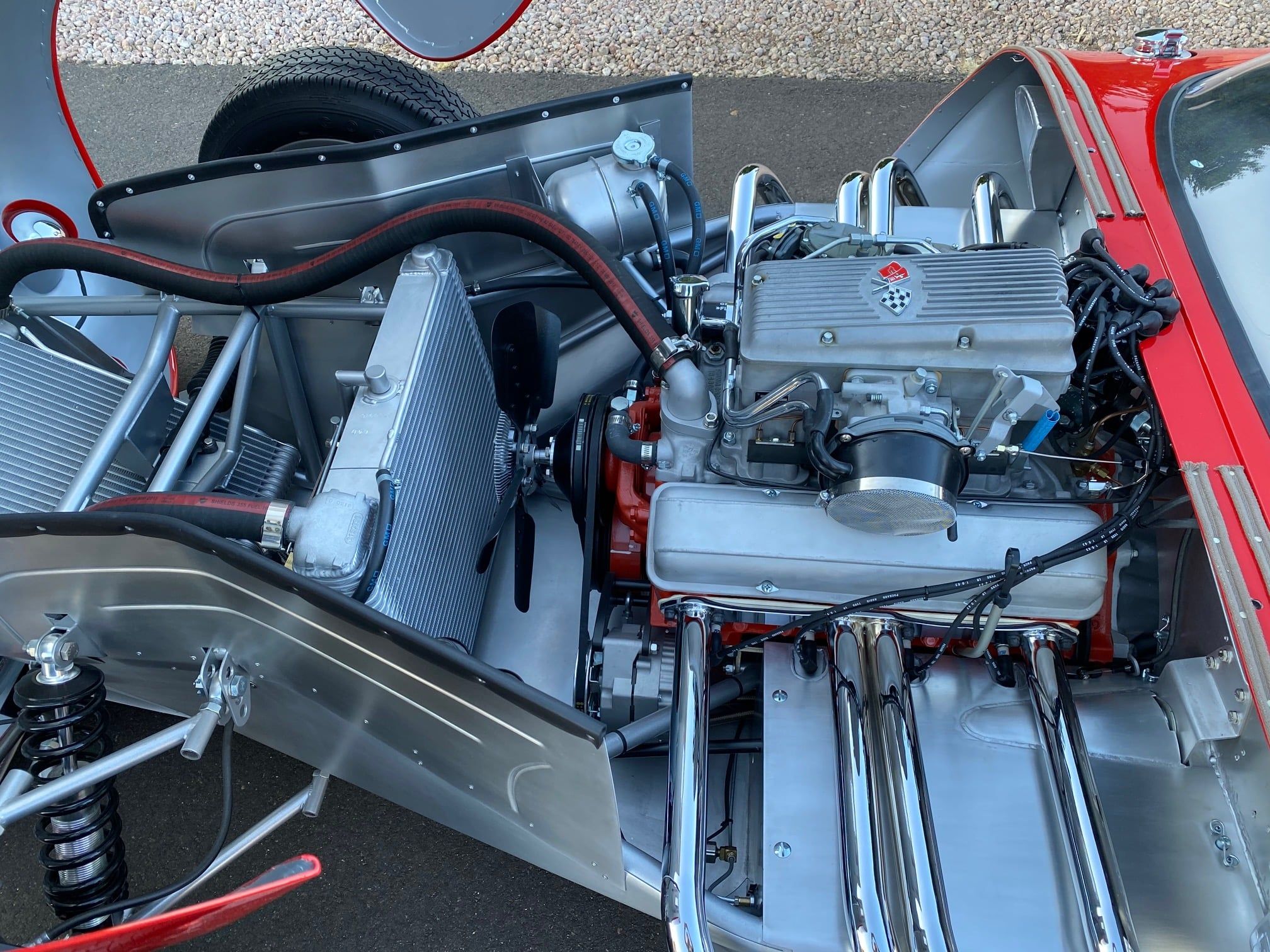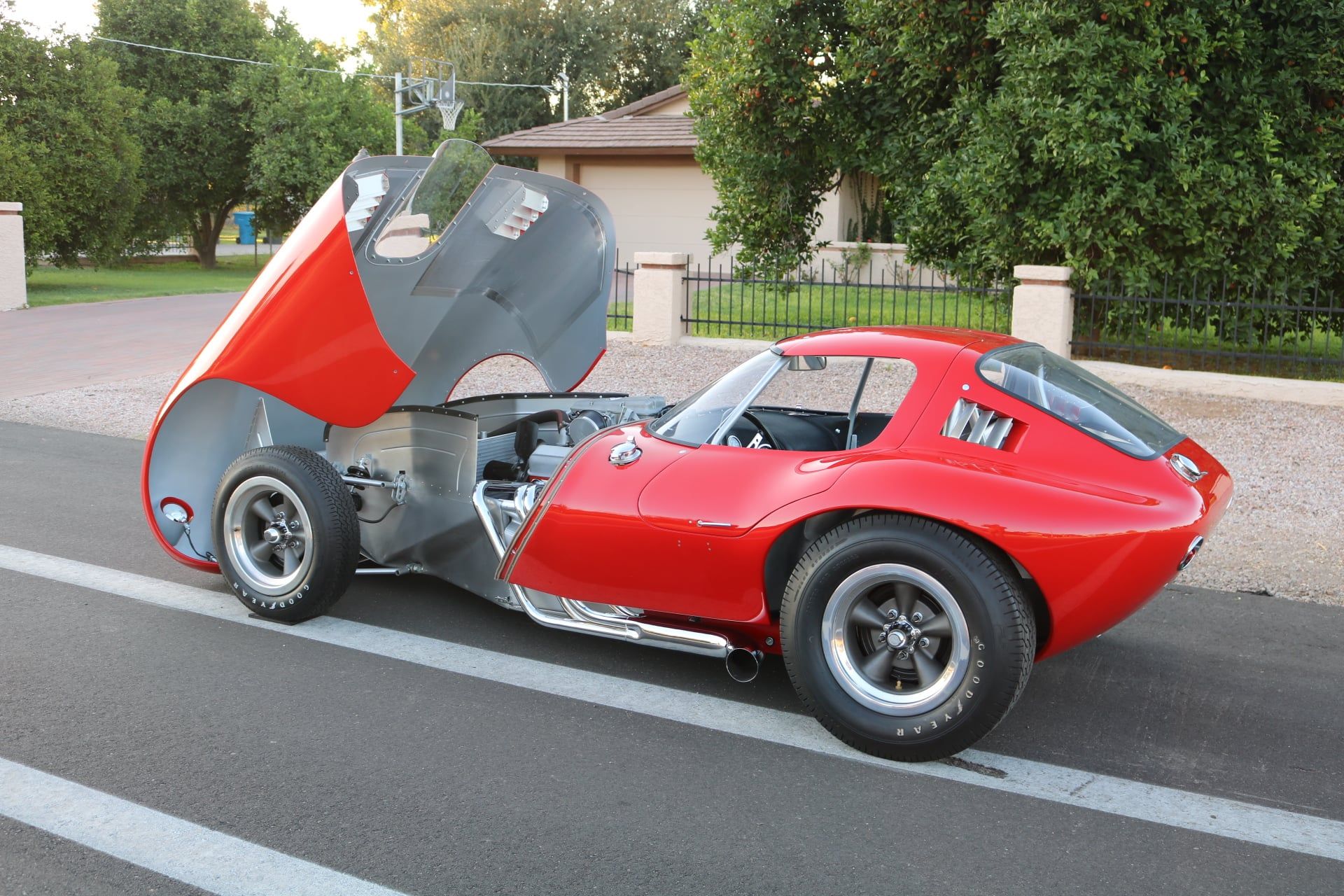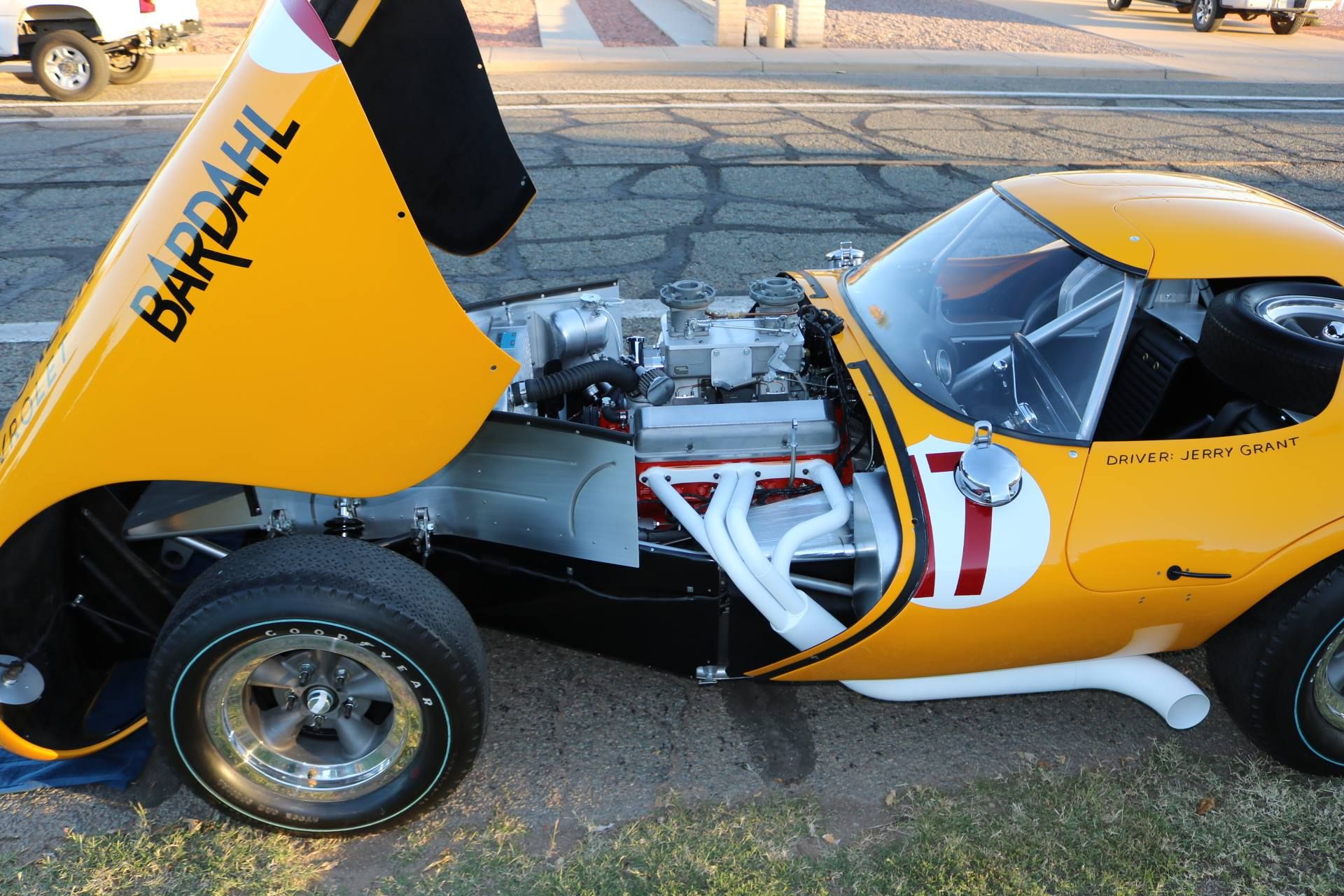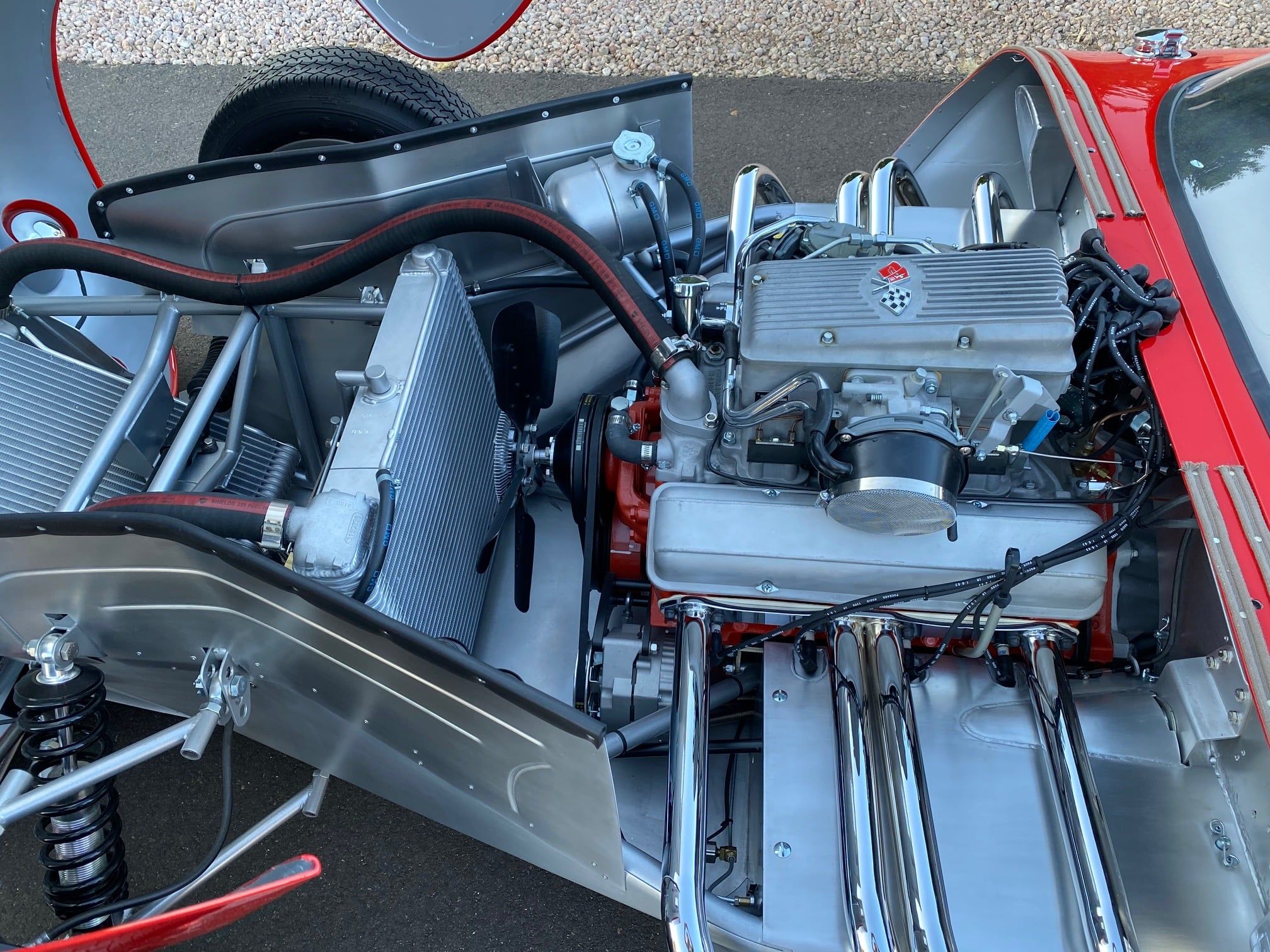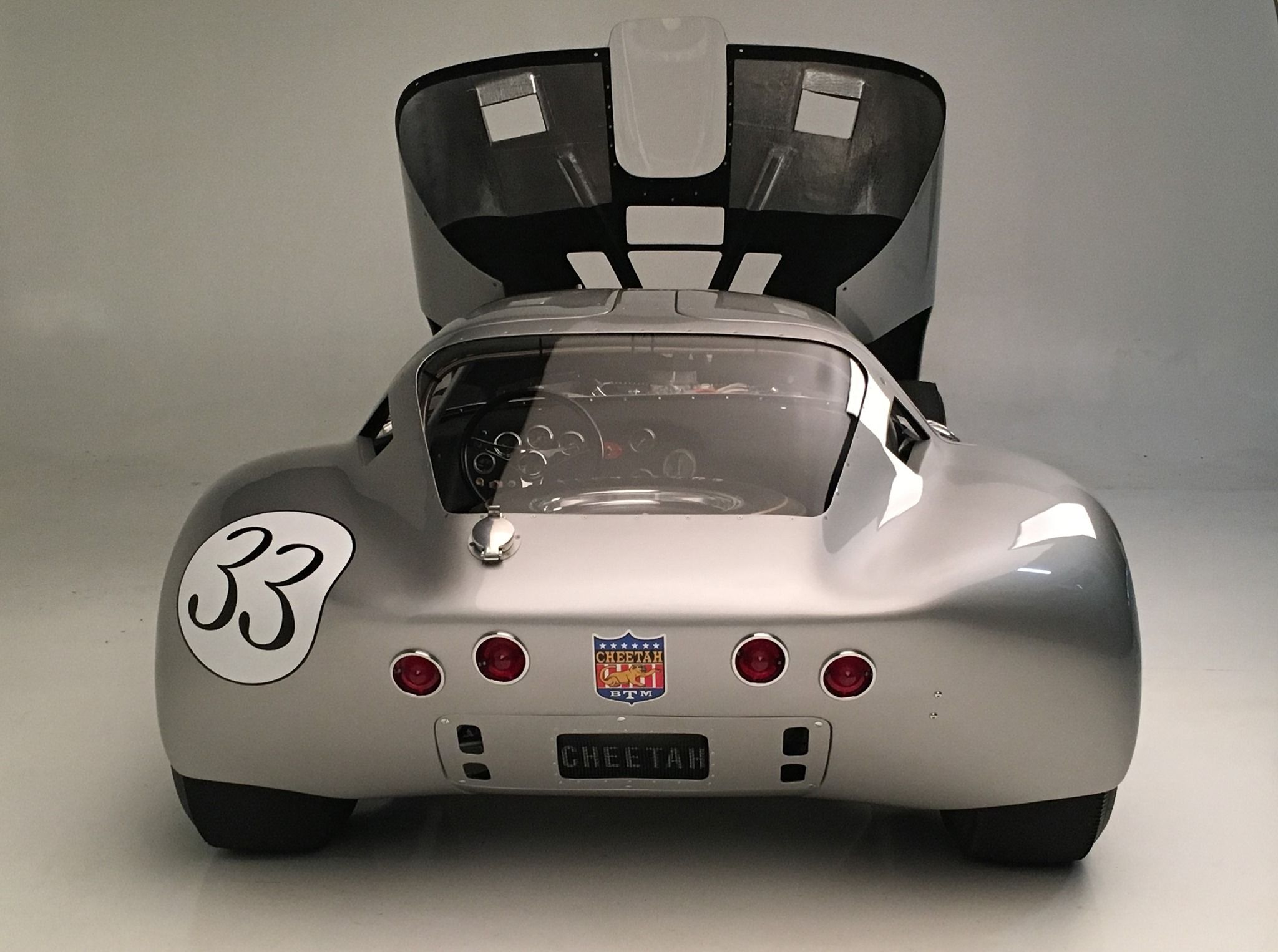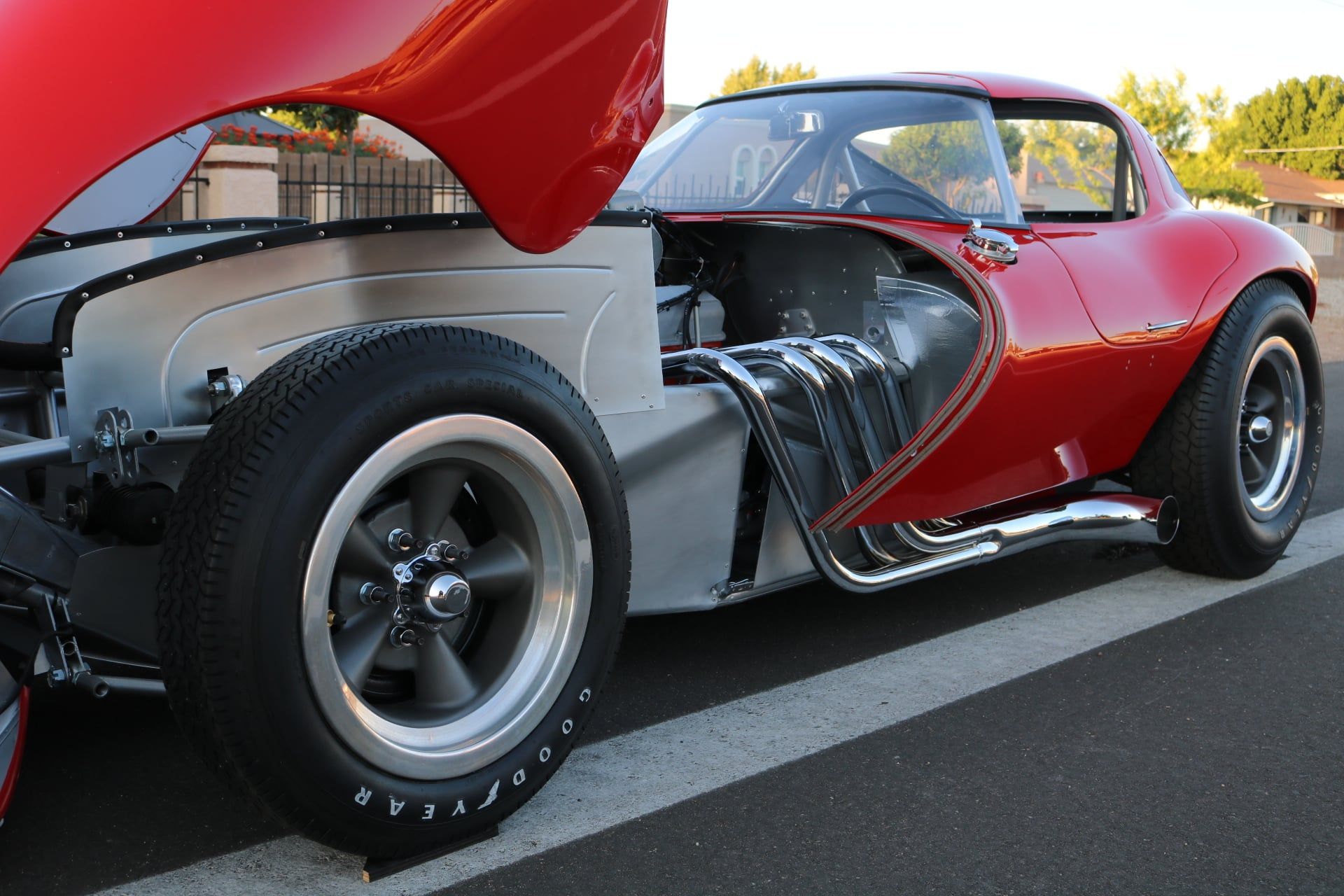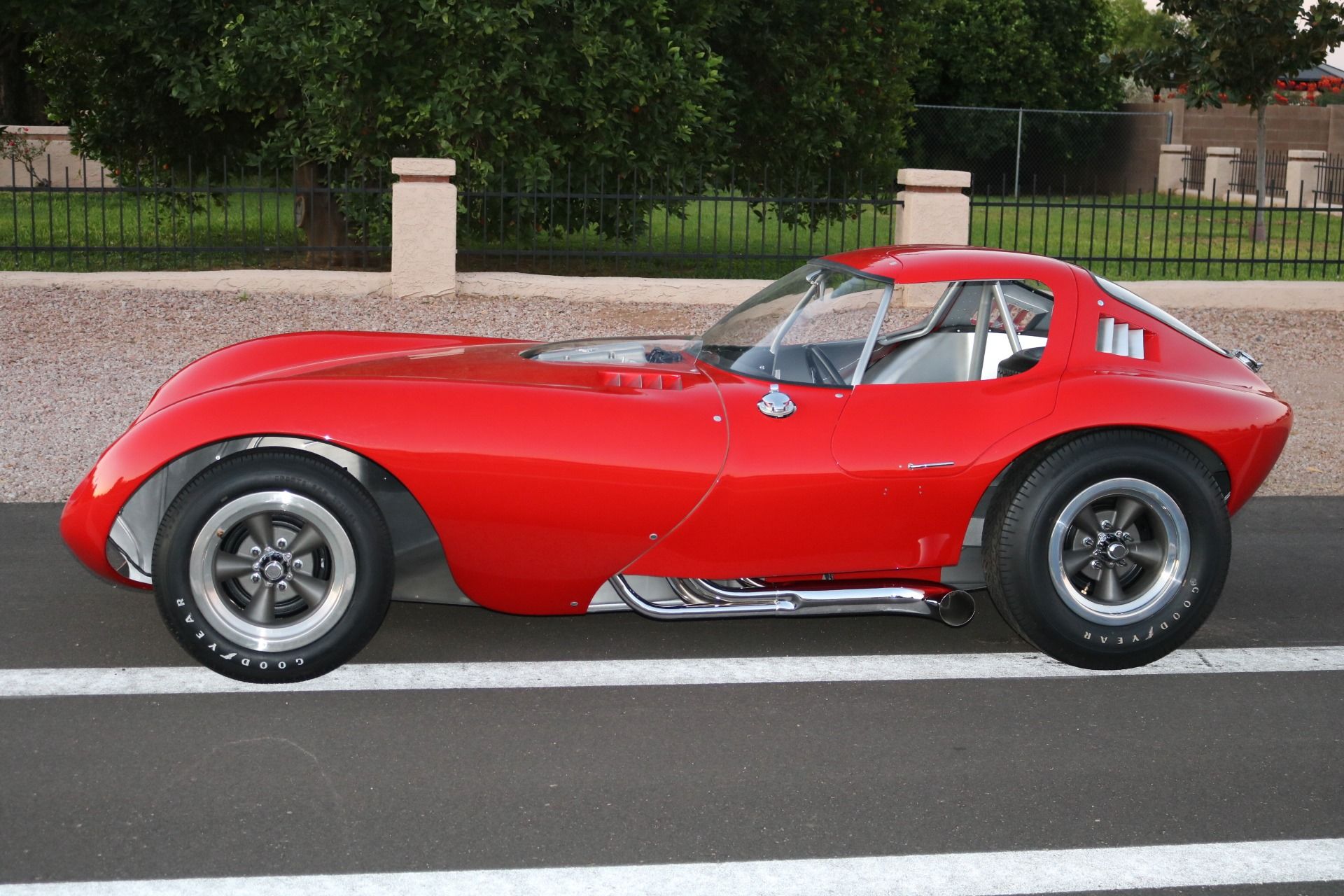When it comes to high-performance cars, the phrase “win on Sunday, sell on Monday” is still, very much, true. But it was in the 1960s when those words were most notably put into action. The Shelby Cobra is one of the most legendary cars from the 1960s. It was also very successful in motorsports and Chevrolet didn’t like that. So, they turned to an old Chevy associate – Bill Thomas. He, in turn, came with a car even crazier than the Cobra – the 1963 Cheetah.
Bill Thomas knows his way around a Chevy
As we mentioned, William P. “Bill” Thomas was a known Chevy associate. The sports car designer and engineer has worked with Chevrolet throughout the years, participating in numerous Chevrolet racing projects, involving the Bel Air, Corvair, Corvette, and other models from the company’s lineup.
The Cheetah was a parts bin special
The Cheetah’s development started in 1963 with most of the significant mechanical parts coming straight from Chevrolet, while other “bits and pieces” came from the wider GM parts bin. Depending on the trim, the Cheetah was known to be powered by a few different Chevrolet engines. Most notable were the 327 cu in (5,358 cc) Small-Block V-8 from the C2 Corvette, while the full-on racing version was said to have been powered by the 377 cu in (6,179 cc), borrowed from the C2 Corvette Gran Sport, of which only five were made.
The fastest car in the 1960s
While the 327 Small-Block produced between 300 and 340 horsepower, the 377 racing engine put out over 550 horsepower. Some of the engines featured Weber carburetors, while others were equipped with the hated Rochester mechanical fuel injection. Regardless of the engine, the gearbox was a Muncie four-speed manual. In race trim, the Cheetah was capable of over 210 mph (338 km/h), which was insane for the 1960s.
The car featured independent suspension all-around and featured NASCAR brakes. The main focus was the engine, as the Cheetah was designed around it. It was based on a lightweight aluminum tube frame, while the body was entirely made of fiberglass. Depending on the version, the Cheetah weighed between 1,750 and 2,000 pounds (800 to 900 kg).
Dimensions
Dimension-wise, the Cheetah was very compact. It has a wheelbase of just 2,286 mm (90 inches) while measuring 3,556 mm (140 inches) in length. The Cheetah was 1,753 mm (69 inches) wide and had a ground clearance of 127 mm (5.0 inches).
1964 Cheetah dimensions
|
Wheelbase |
2,286 mm (90 inches) |
|---|---|
|
Length |
3,556 mm (140 inches) |
|
Width |
1,753 mm (69 inches) |
|
Ground clearance |
127 mm (5.0 inches) |
The Cheetah looked and drove like nothing else
The “Cobra killer” featured a very distinctive design, featuring a very long front end. The front hood was literally half of the car’s length, while the rear end was extremely short, resulting in a very snug cockpit that lacks zero heat insulation. The car was technically a front-mid-engine (front mid-ship), rear-wheel-drive layout and the V-8 itself was so far back that people described the footwells as aluminum ovens.
It didn't use a driveshaft
Meanwhile, the driver was practically sitting on top of the differential and because the engine was so far back, the Cheetah didn’t need a driveshaft. Instead, it used a simple coupler to send power to the rear axle.
Project Super Cheetah
According to a former Chevrolet employee, in early-1964, work on an improved version of the Cheetah began. The project was called Super Cheetah and was said to debut as a more refined, 1965 model year. The testbed for the project was believed to be chassis No. 001, which was initially sold to Chevrolet for evaluation and then bought back by Bill Thomas himself.
The Super Cheetah utilized a 4130 Chromoly steel space frame. The Super Cheetah featured upgrades suggested by Chevrolet engineers, with input from Bob Bondurant. Among the upgrades were the front shock towers, which now featured diagonal tubing installed to reduce chassis flex and upgraded steering. The driver footwell was slightly more spacious and the rear chassis area was enlarged, in order to fit a bigger fuel tank. Sadly, Chevrolet withdrew support from the project before Bill Thomas had time to finish it.
The Cheetah suddenly became outdated
Despite technically being front mid-engine, the Cheetah still had a front-engine, rear-wheel-drive layout. By the mid-1960s, cars like the Ford GT40 made it obvious that the (rear) mid-engine layout was much more suitable for high-performance racing applications. In addition, change in rules now stated that 1,000 road-going examples needed to be made, instead of 100, in order to compete – something Bill Thomas couldn’t fulfill without Chevrolet’s full support.
A factory fire sealed the fate of the Cheetah
At some point, disaster struck at Bill Thomas’ workshop, causing substantial damages to the facility. The designer and engineer could not recover and, after a series of unfortunate events, the Cheetah project was scrapped. On the plus side, he still managed to sell some Cheetahs. It is believed that between 15 and 25 cars left the factory before the project was completely scrapped. The last Cheetah to leave the factory was delivered to its owner in April 1966.

